Across Eastern Arizona, West Texas, Southern Colorado, Eastern Arizona, Northern Mexico, and New Mexico, the Apache people have lived out their lives for many centuries.
Their collective homelands, called Apacheria, consist of mountains, sheltered rich valleys, canyons, deserts, and the Great Plains. Old sepia photographs capture a time that is frozen in the minds of many people – a time when Geronimo rode, and these people lived free on the rolling grasslands. The Apache spoken languages are Southern Athabaskan and are linguistically related to the language found in Alaska and Canada.
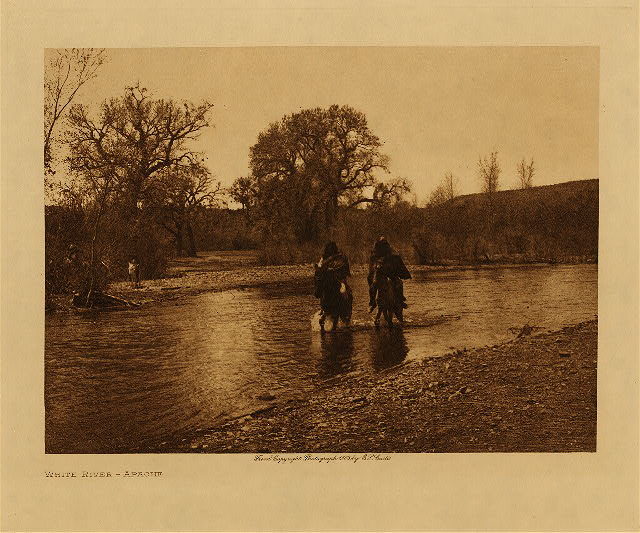
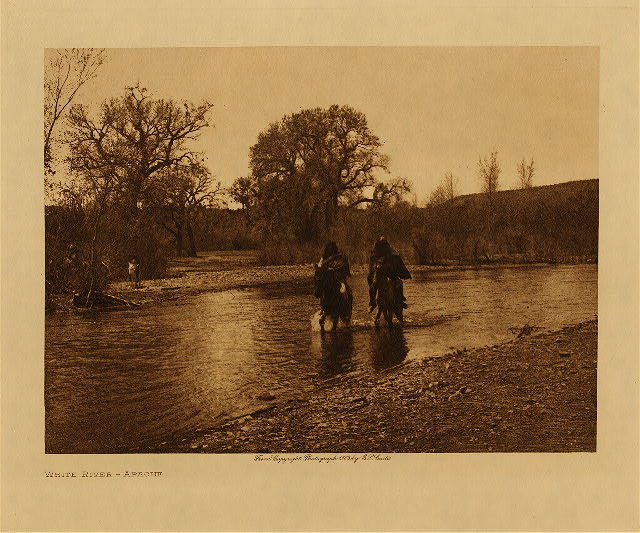
The Apache tribes have always fought to preserve what was theirs, and over time have battled the Mexicans and Spanish to retain their lands. The first Apache raids on Sonora were recorded during the late 17th century, and in the 19th century, the US Army found them to be brave and fierce warriors and very skilled strategists.
As a whole, the Apache consists of groups that are politically autonomous, and their people speak many different languages. Each group has developed into a distinctive culture. At present, the major groups are the Western Apache, the Mescalero Apache, the Chiricahua Apache, the Lipan Apache, the Jicarilla Apache, and the Plains Apache. The groups lived in Texas and Oklahoma, and on reservations in New Mexico and Arizona. Many also lived scattered across the United States within urban centers.
The American ethnologist Edward Sheriff Curtis photographed in sepia tones the Native American peoples and the American West. His first photo of a Native American was taken in 1895 when he met Kickisomlo, the daughter of the Chief Sealth from Seattle.
While photographing Mt. Rainier, Curtis met a small group of scientists. One of those was an expert on Native Americans, George Bird Grinnell. Curtis accepted an appointment to be the official photographer on the Harriman Alaska Expedition; it’s thought that his friendship with Grinnell influenced this.
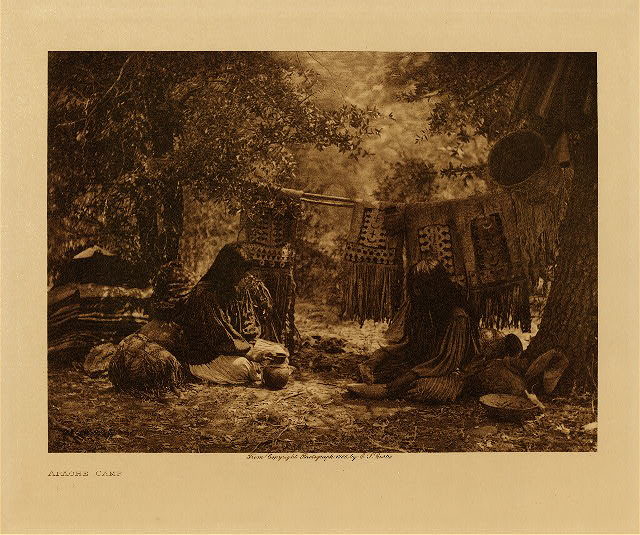
Having very little formal schooling, Curtis learned from the lectures that were given every evening on board the ship as it sailed to Alaska. After his expedition to Alaska, Curtis then joined Grinnell on a journey to the Blackfoot Confederacy in Montana to photograph the people there in 1900.
By 1906, J.P. Morgan had granted Curtis $75,000 to fund his project of producing a series of photos of Native Americans. The work was going to be published in 20 books, containing a total of 1,500 photographs.The funds from Morgan were earmarked for only the fieldwork involved, not for the writing, editing, or production of the series of books. The money was disbursed over five years. Curtis received no salary over the course of the project, which stretched into 20 years. His only return for all his hard work would be 25 sets of books and 500 original prints as payment.
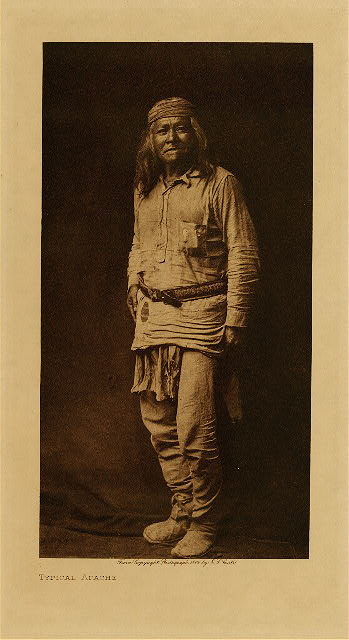
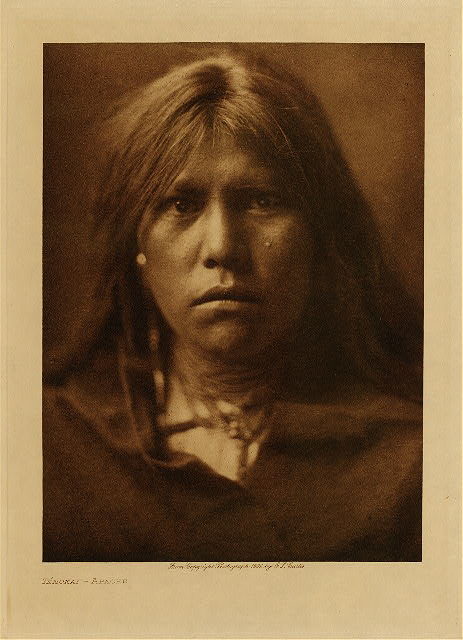
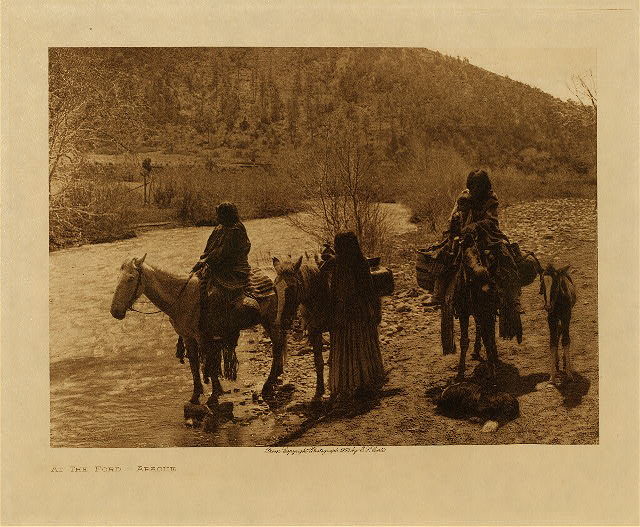
Curtis hired several employees to help him with the project. Former journalist William E. Myers helped with the writing and audio recording of the Native American languages.
Curtis hired Bill Phillips to help with the fieldwork and logistics, and he also took on Frederick Webb Hodge, who was an anthropologist working for the Smithsonian and who also had researched Native Americans. His job was the edit the series of books.
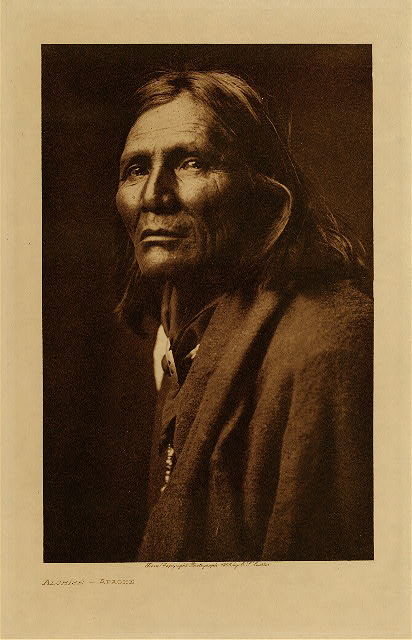
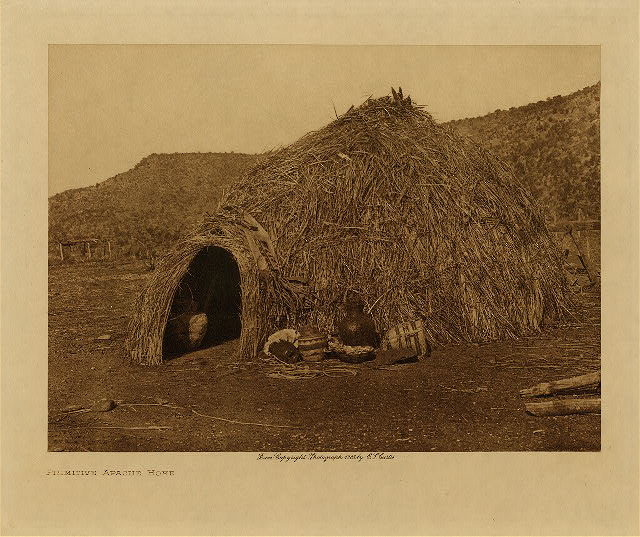
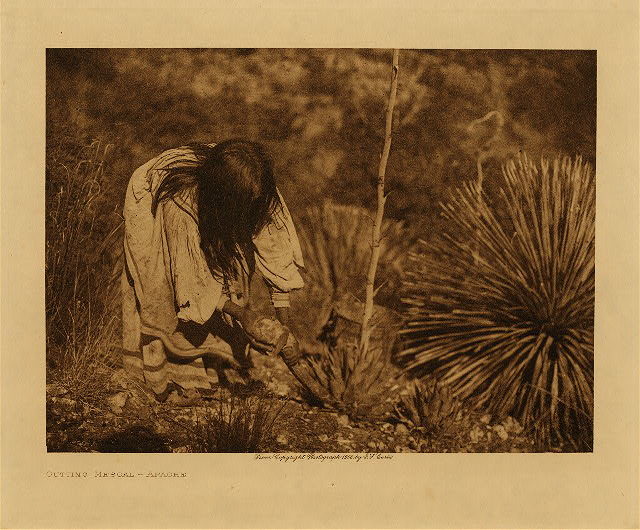
Eventually, 222 complete sets of the books were published; they demonstrated Curtis’s goal of not just photographing the Native Americans but documenting their way of life, their customs and traditions, and their languages before they disappeared forever.
In the twenty years of work, Curtis and his team made over 10,000 wax cylinder recordings of the music and language of the Native American. He was thought to have taken over 40,000 photographs of over 80 tribes.
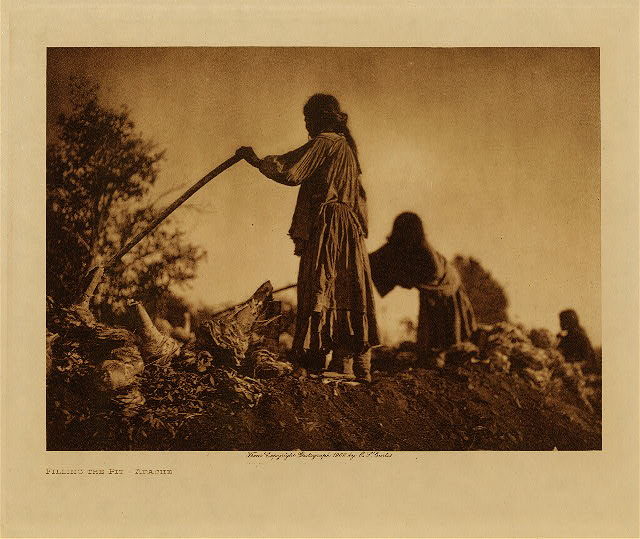
He wrote biographical sketches of the tribal leaders, and this is probably his only surviving written information about them. He wrote about the traditional foods, clothing, housing, and recreation typical of the different peoples.
Read another story from us: Notable & important Native American warrior women of the 19th century
He recorded the tribal lore – their history and the ceremonies and funeral customs represented within each of the groups. The Native American people have a very strong oral language that still details much of the history Curtis collected; his work is considered unique and is still enjoyed today.
